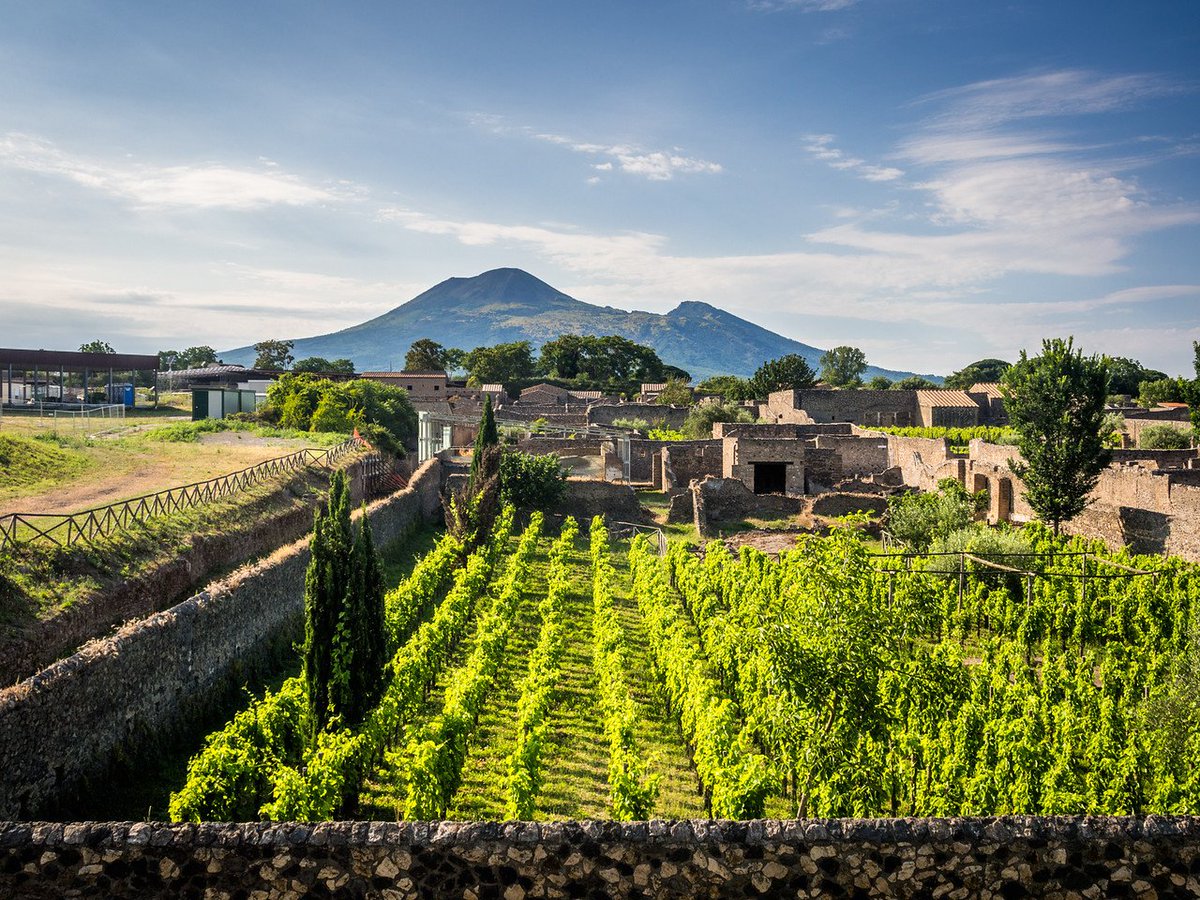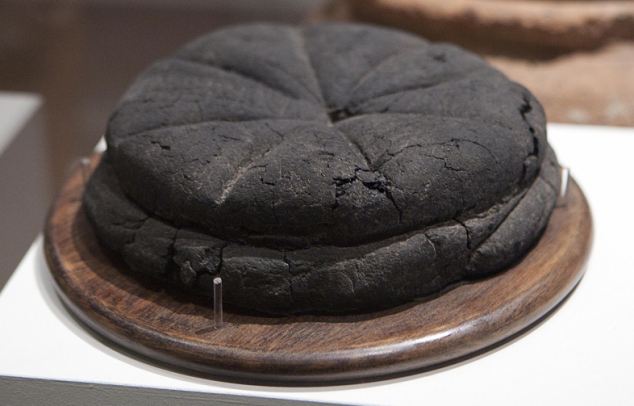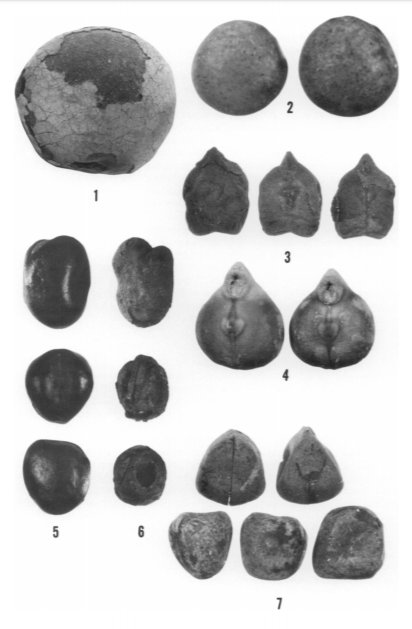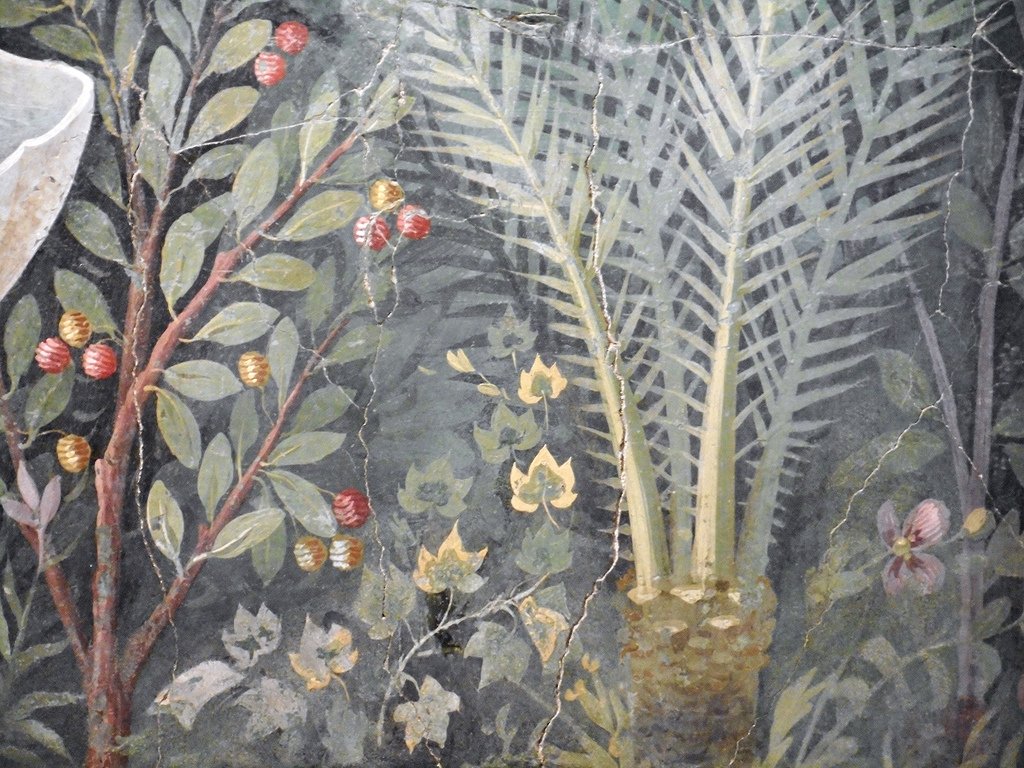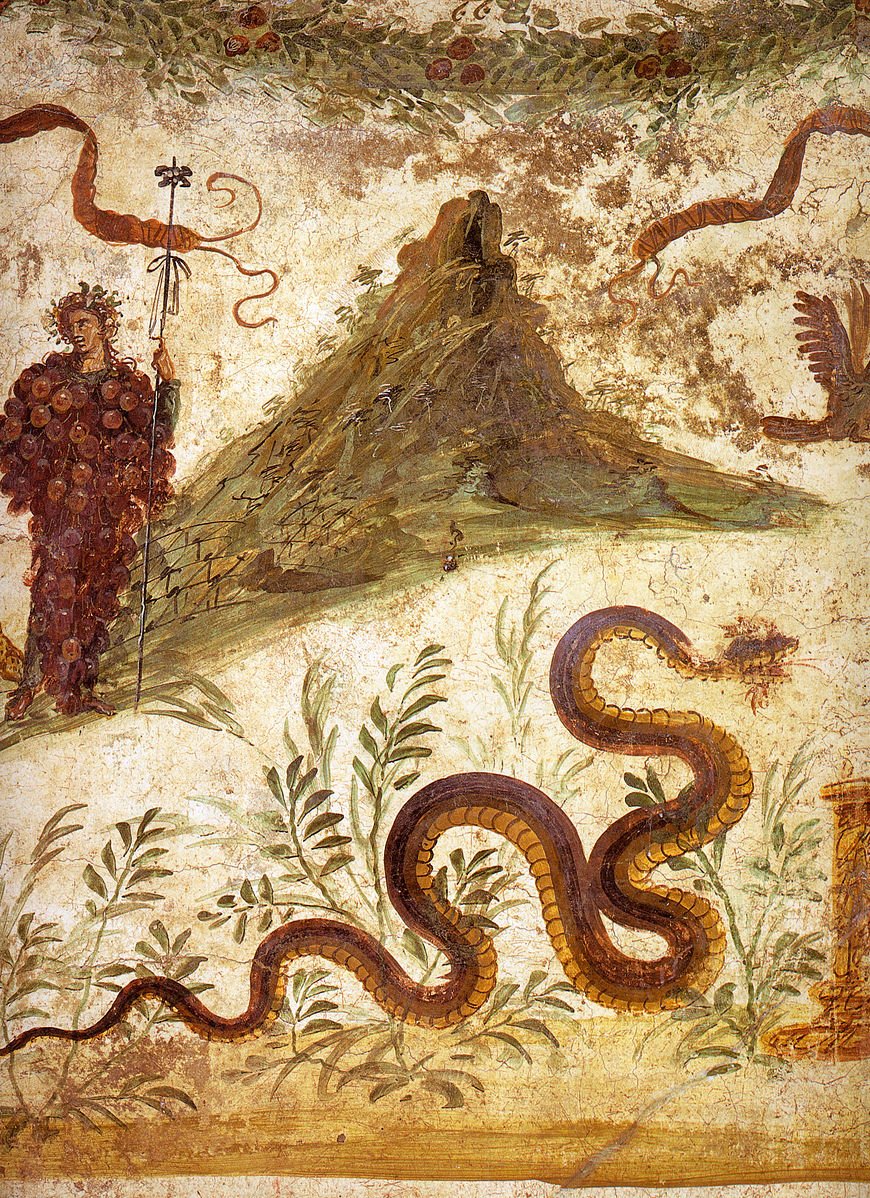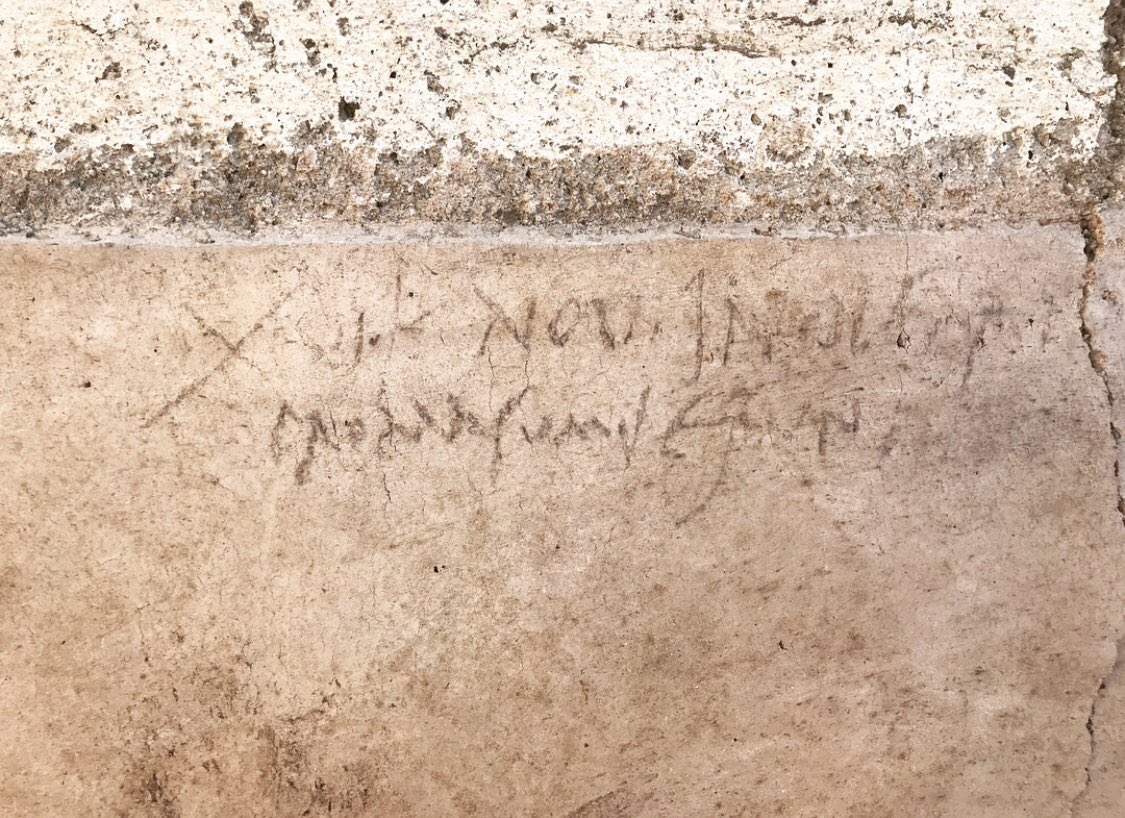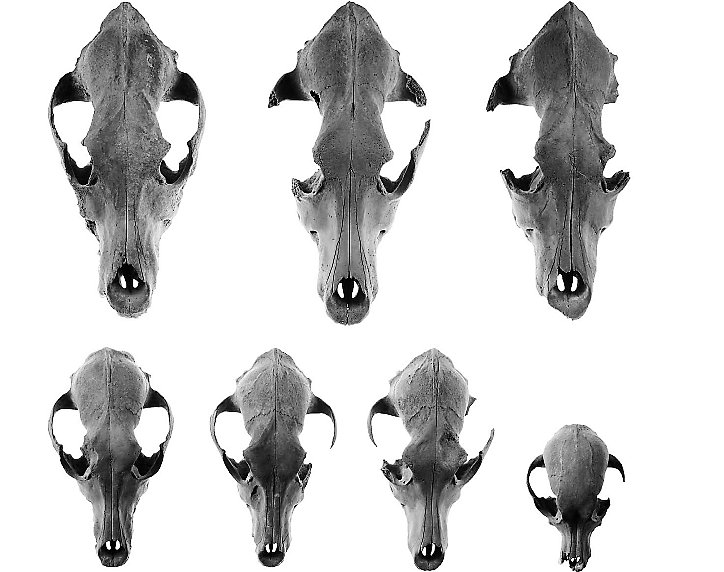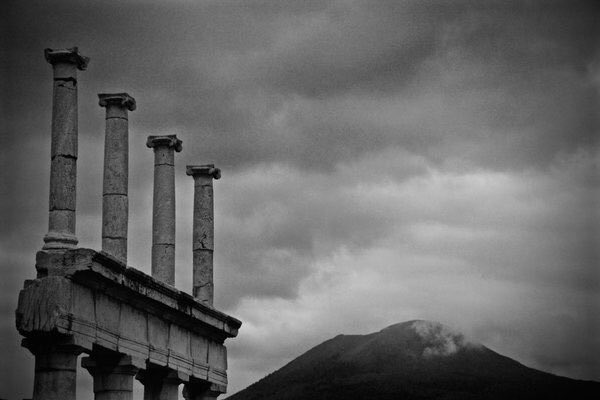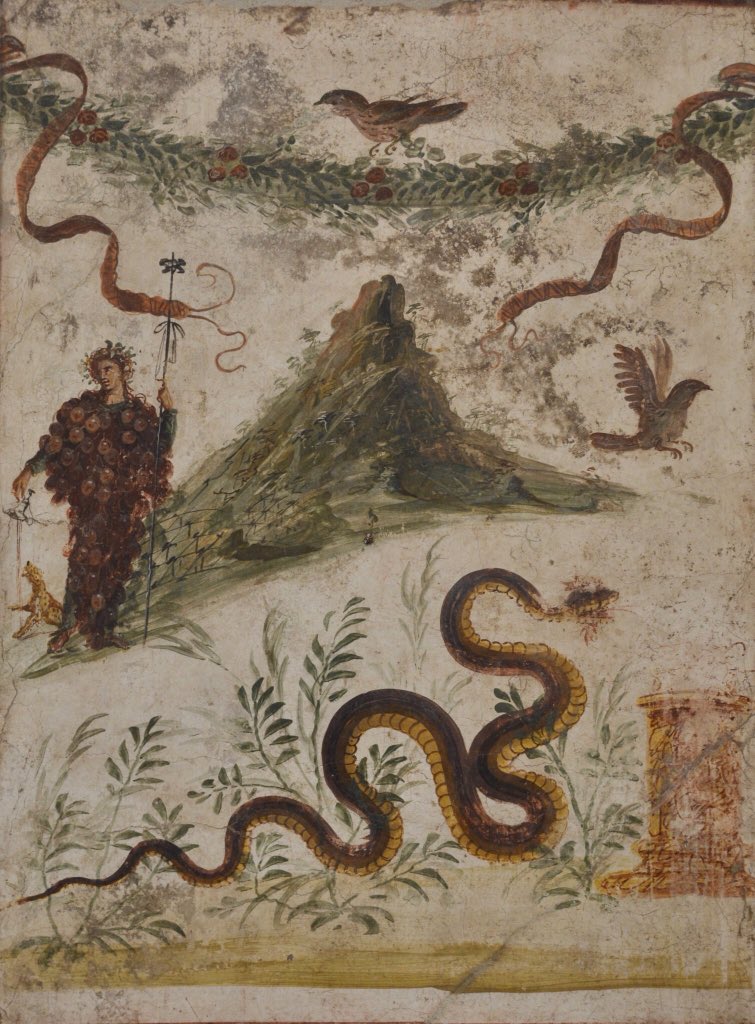I’m going to focus here exclusively on the nitty gritty of food in Pompeii
1/30
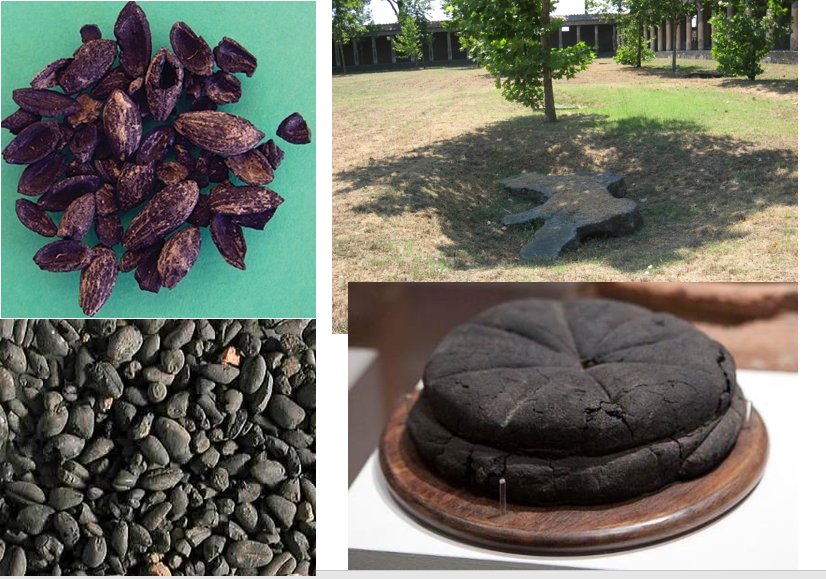
Most tourists and archaeologists alike thought, “That’s kinda cool, but so what?”
So, @Pompeiana79 sat down to record them in detail
/3
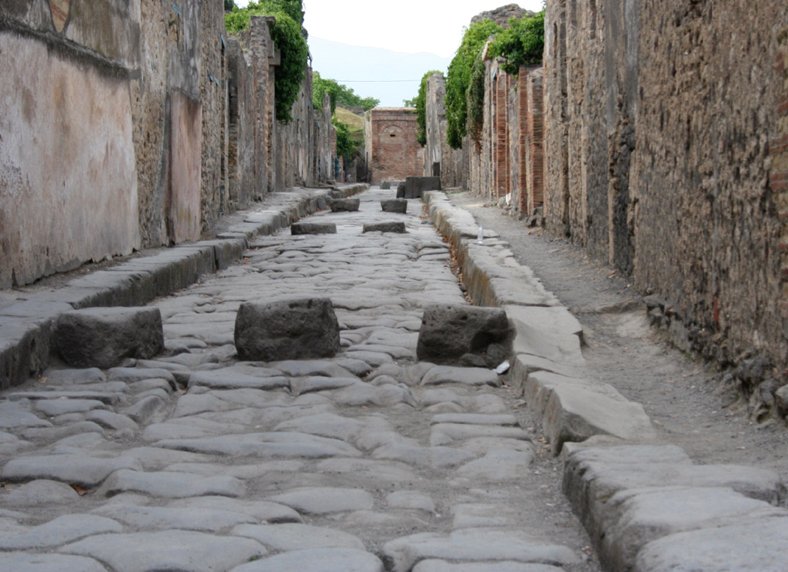
/5
Many aren’t your normal bakeries. They’ve got industrial quality millstones for grinding huge quantities of grain and they’ve got large ovens, not too dissimilar to modern brick pizza ovens
/6
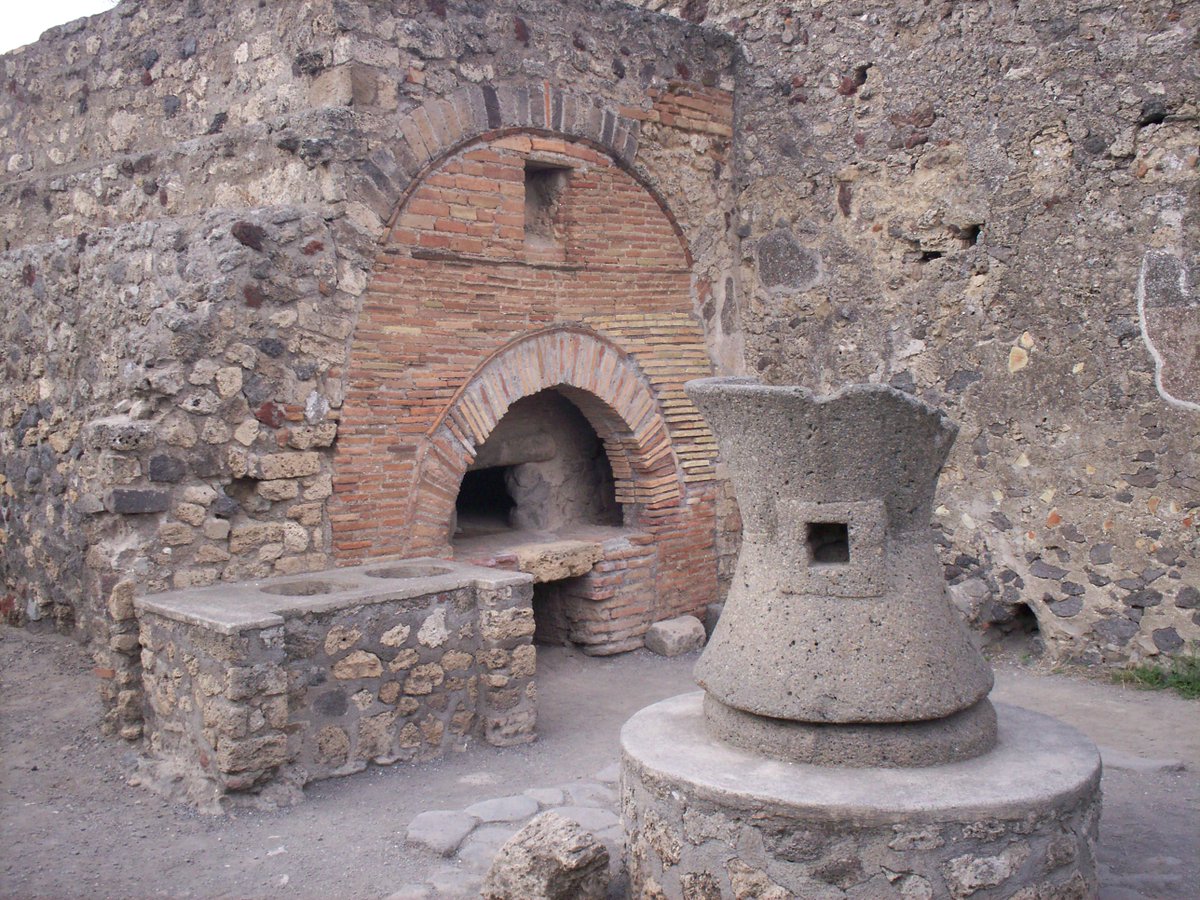
So, let’s look at how seasonality affects our evidence for the wine industry at AD79
/11

/21
/22
Let’s take the fast-food joints studied by @StevenEllis74. These are countertop establishments with huge pots of food serving food to pedestrian traffic
/23

/25
/26
/29
/30













